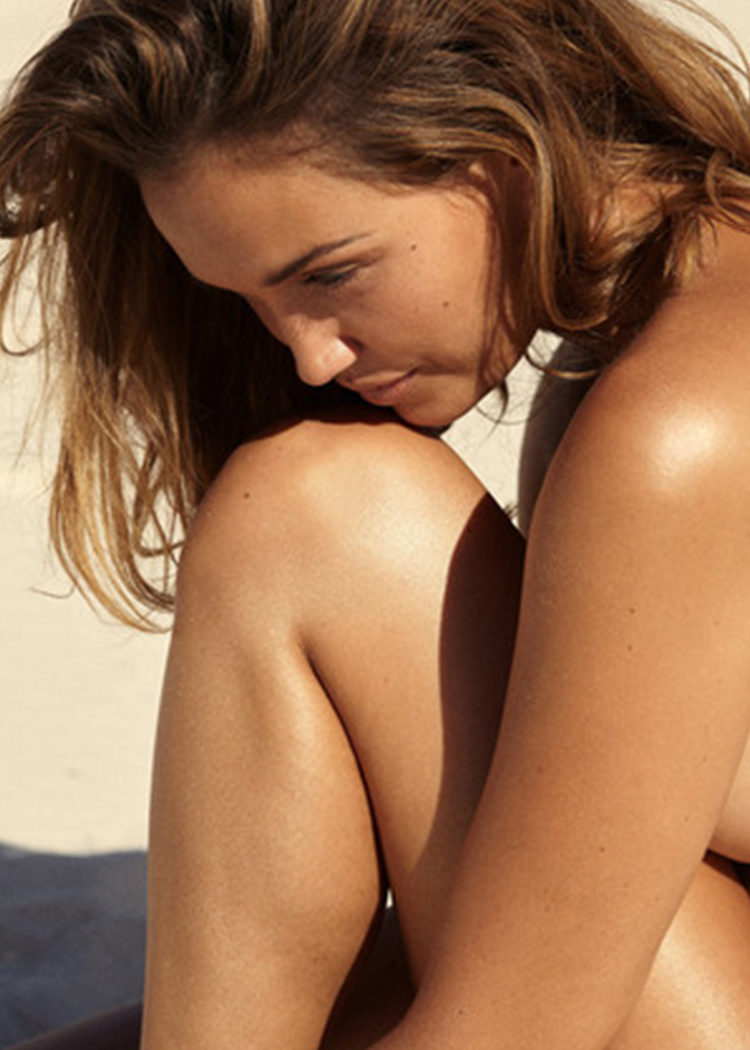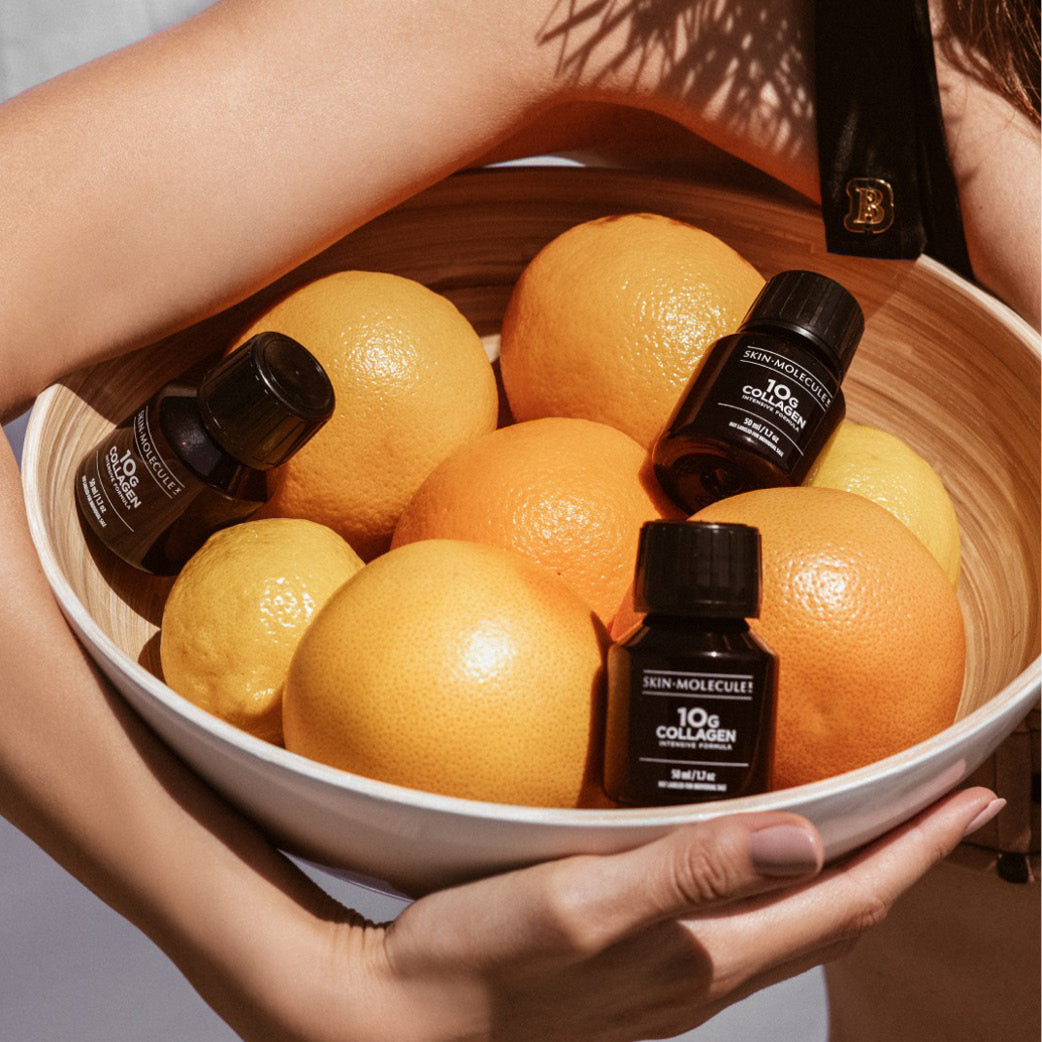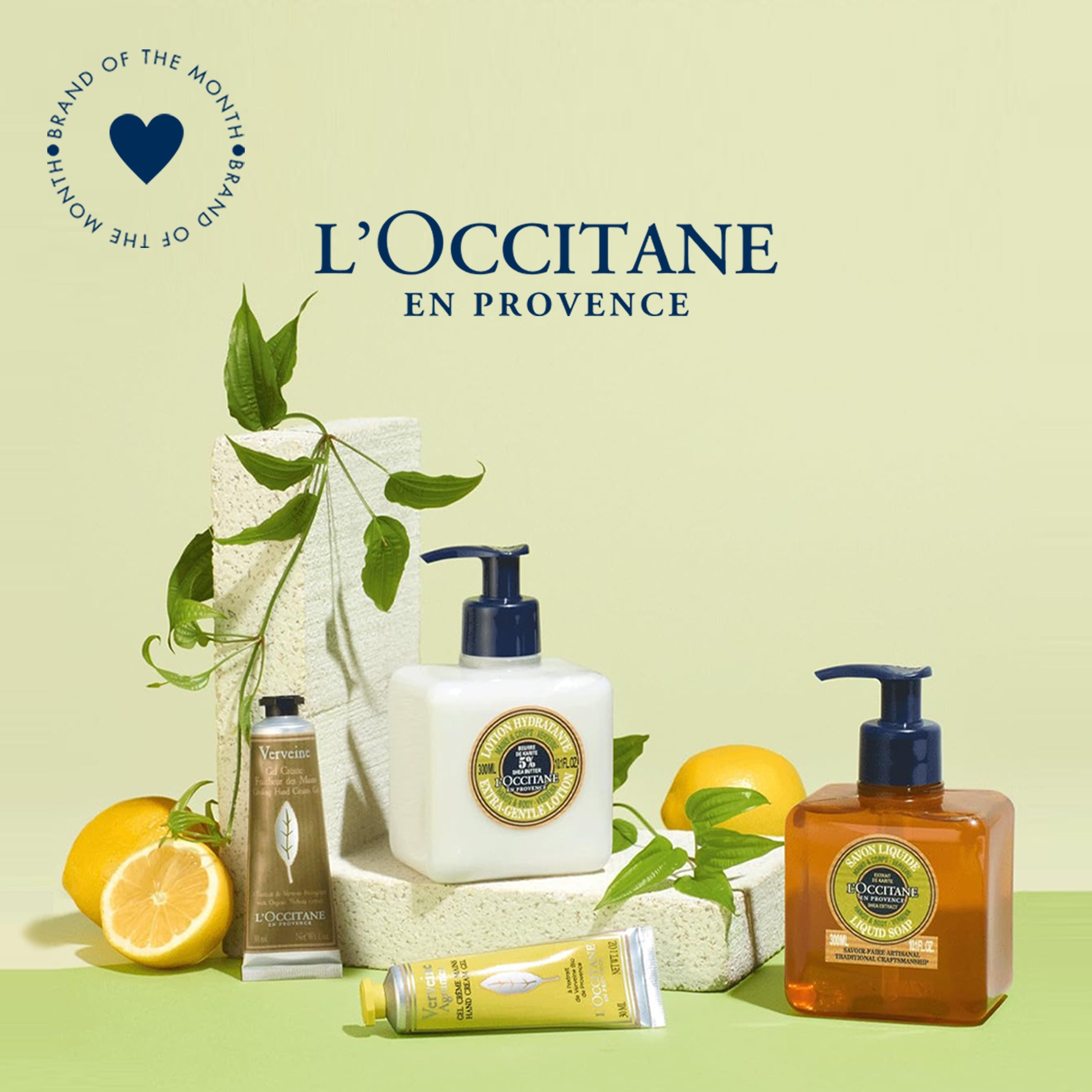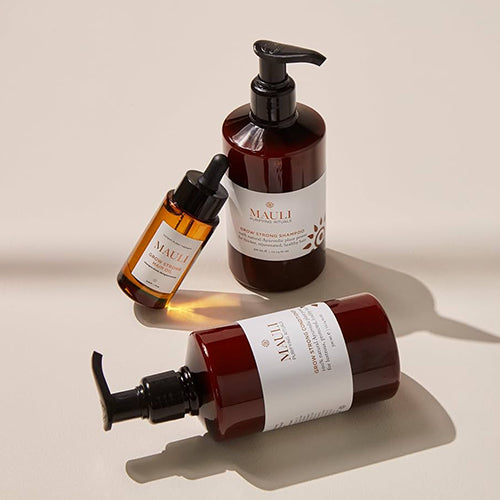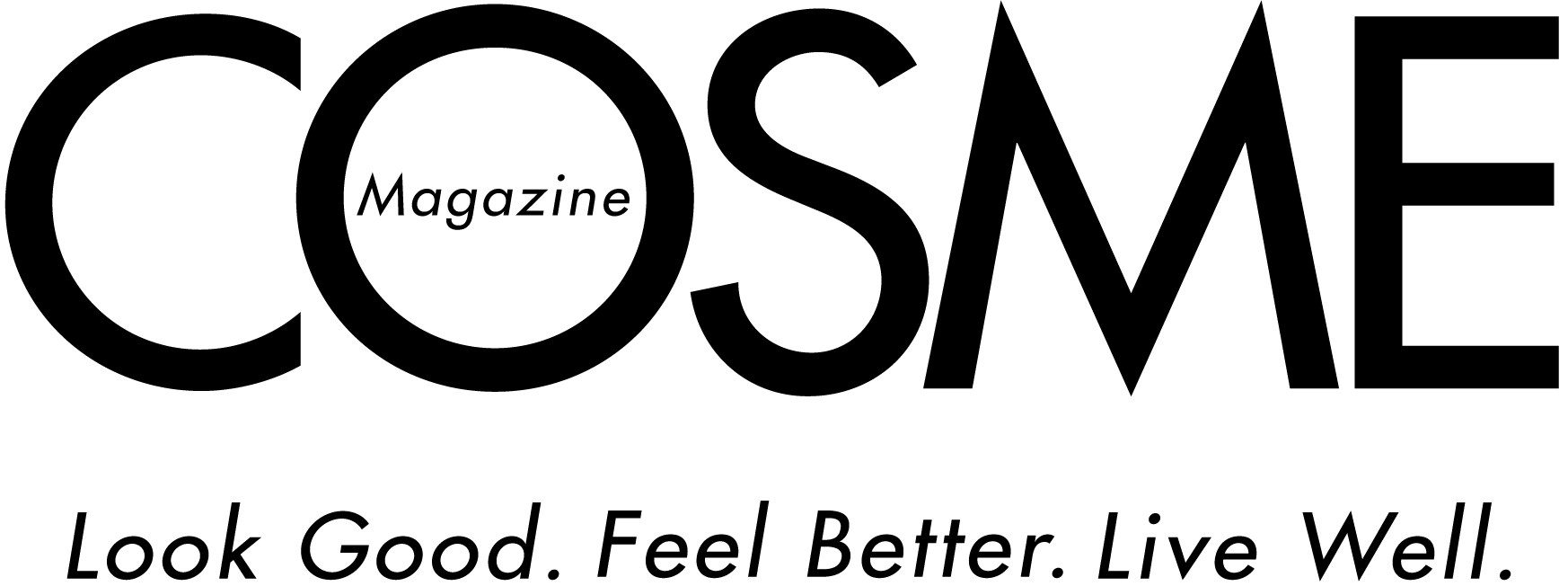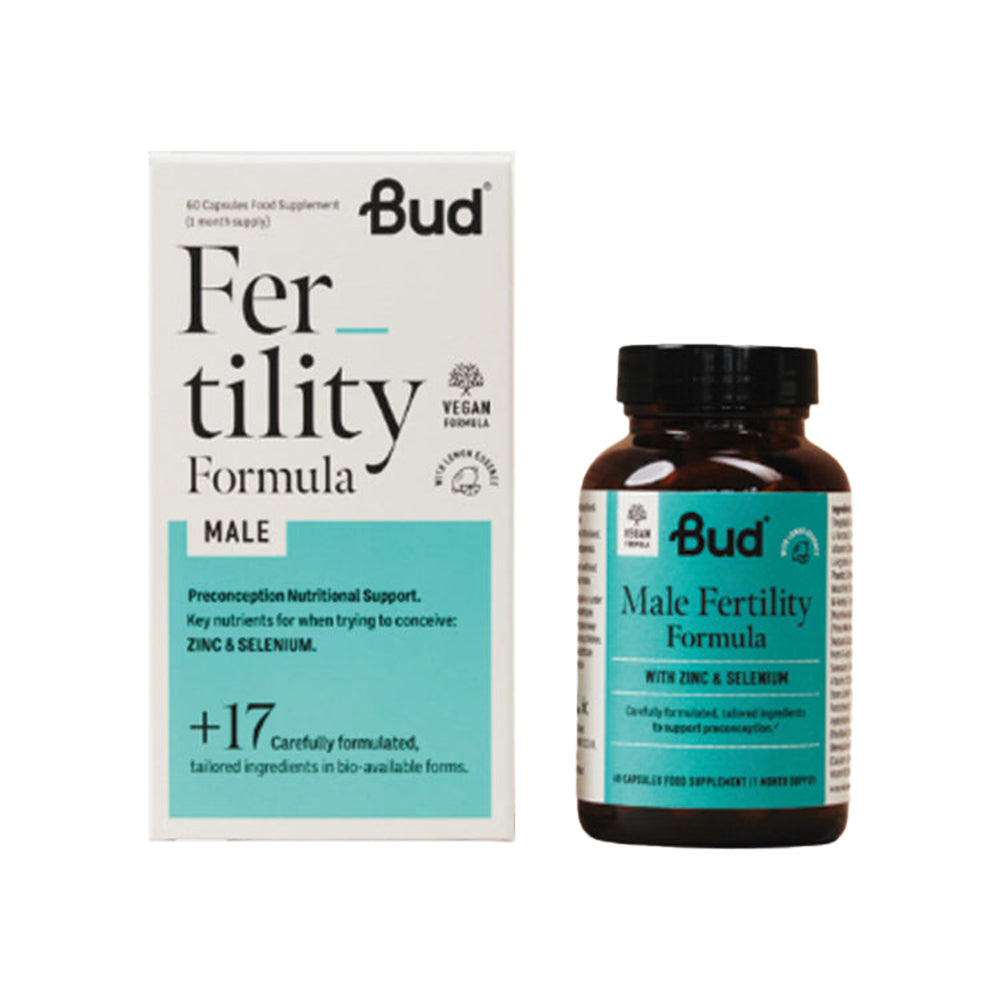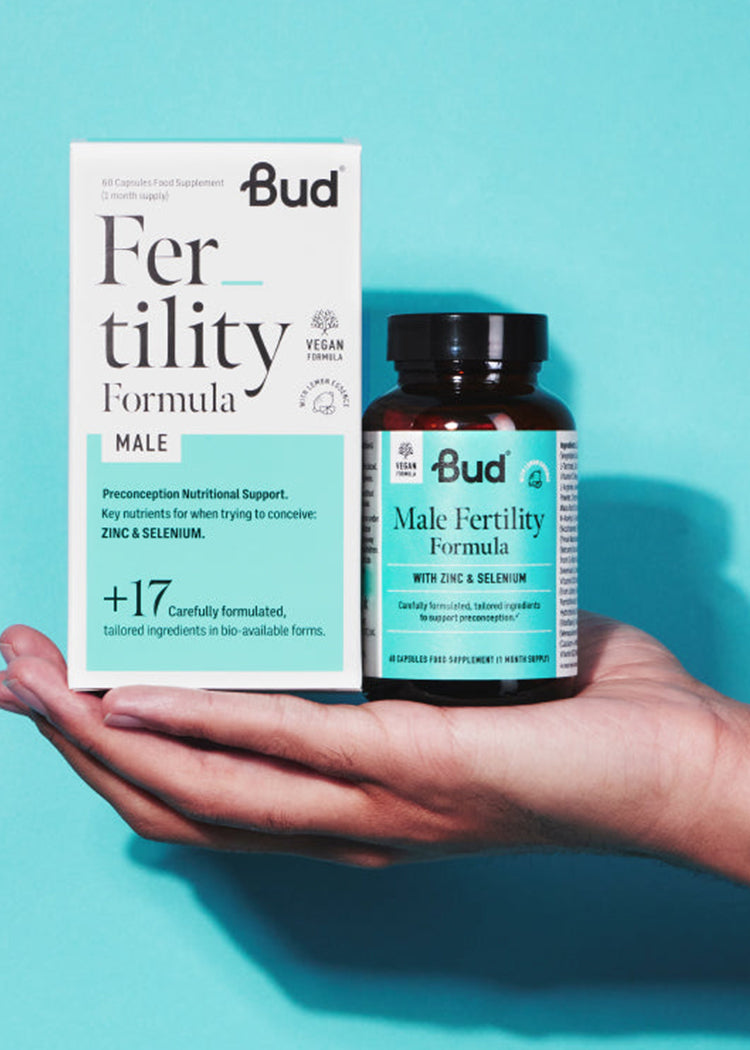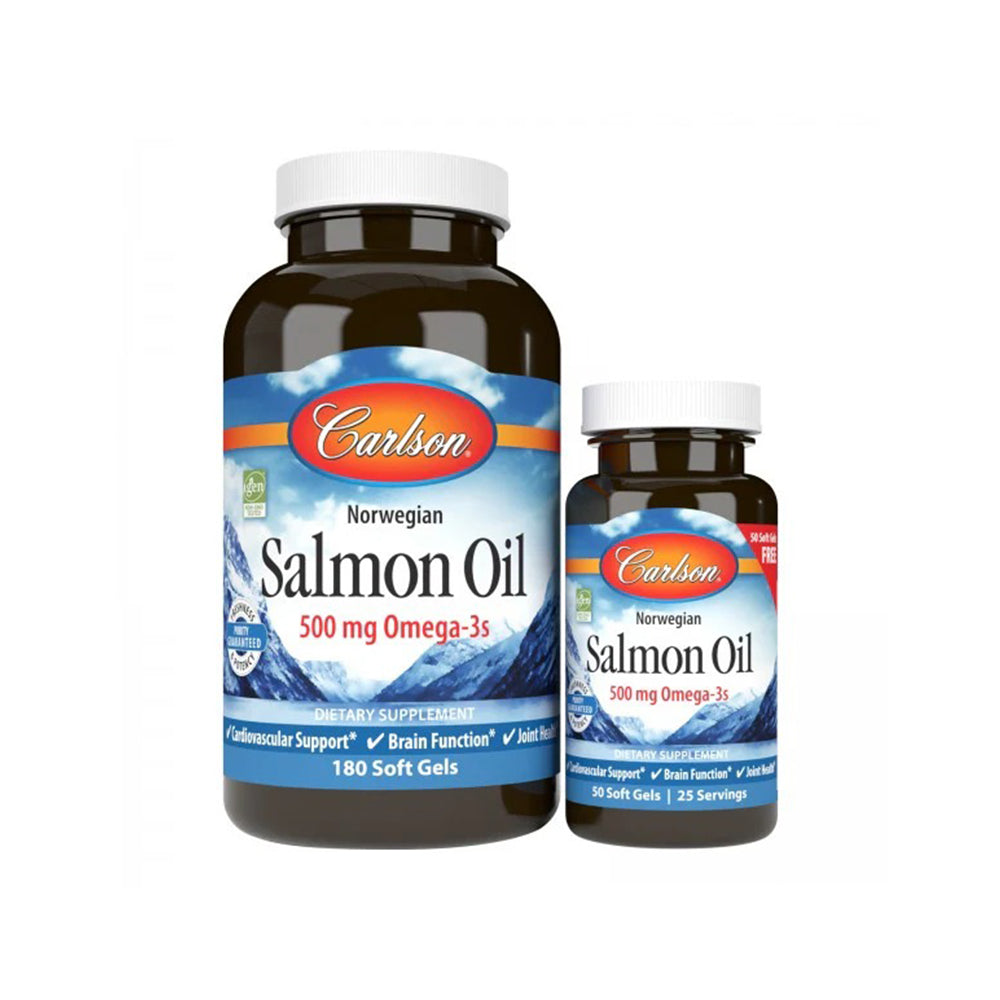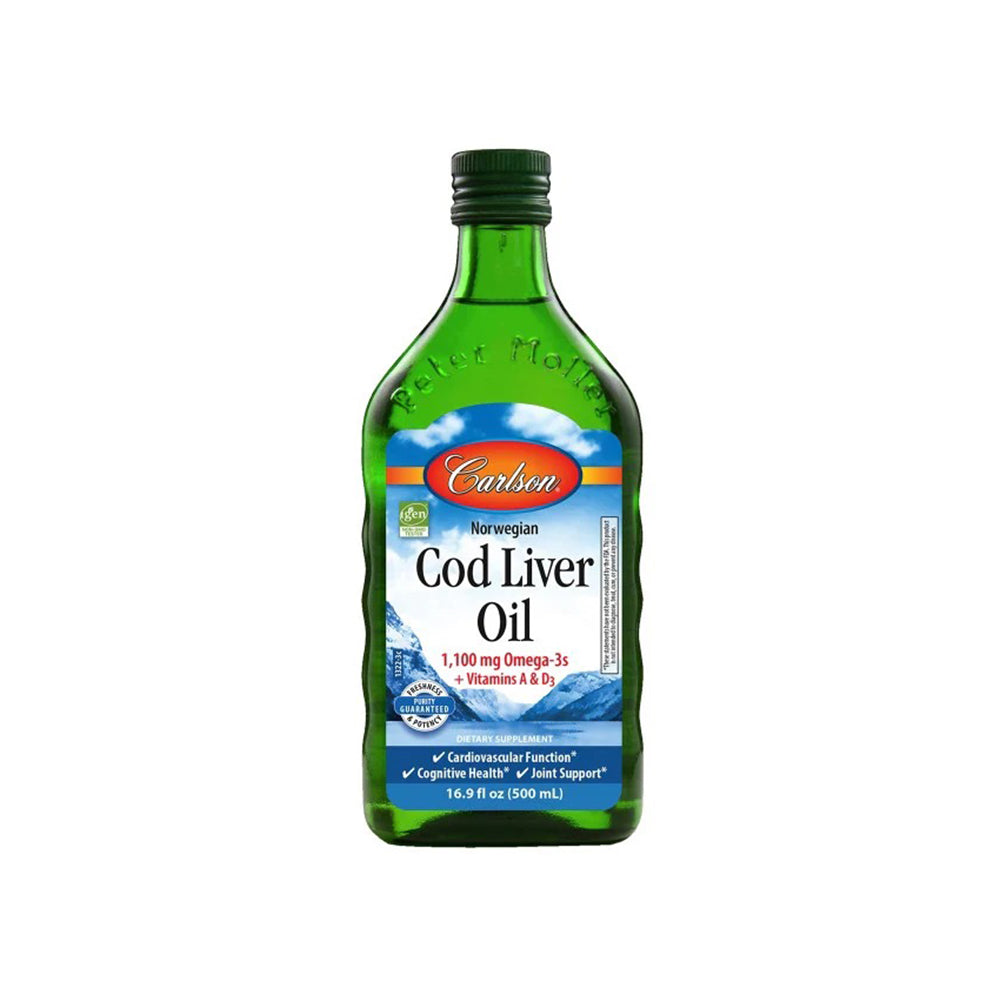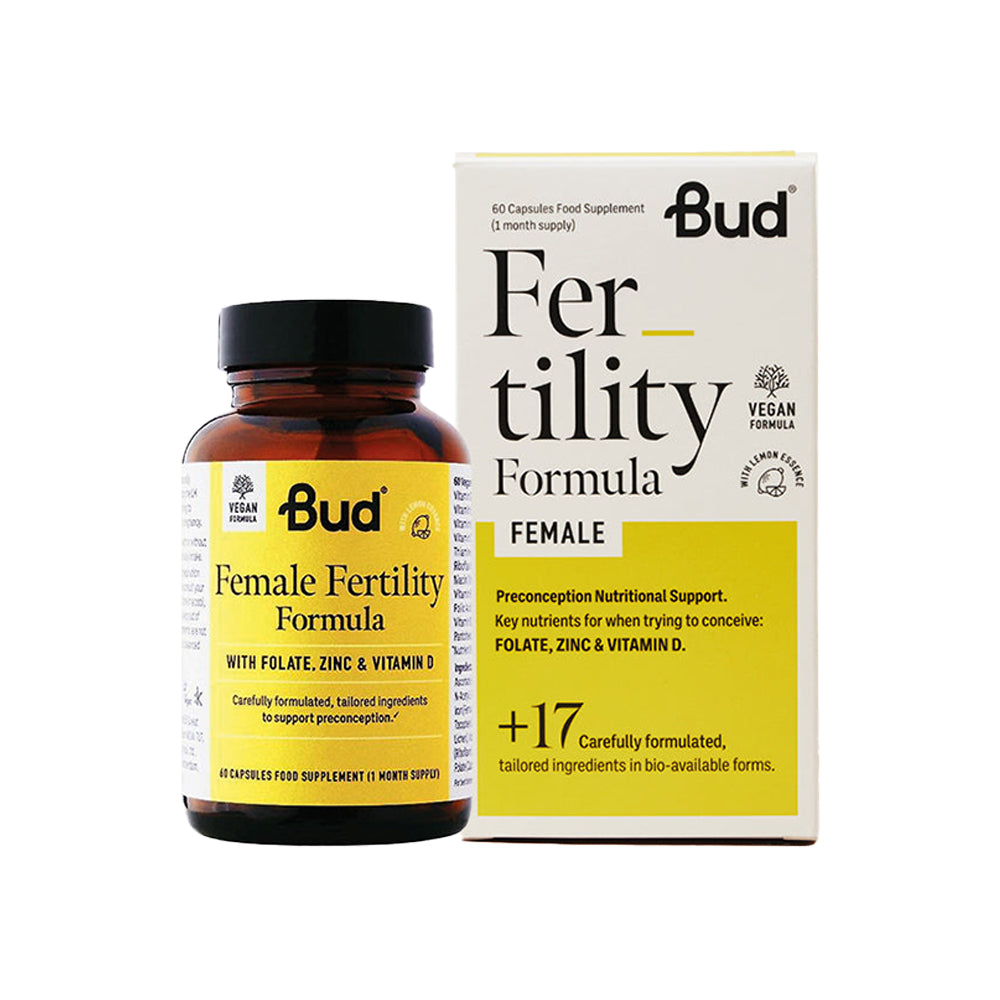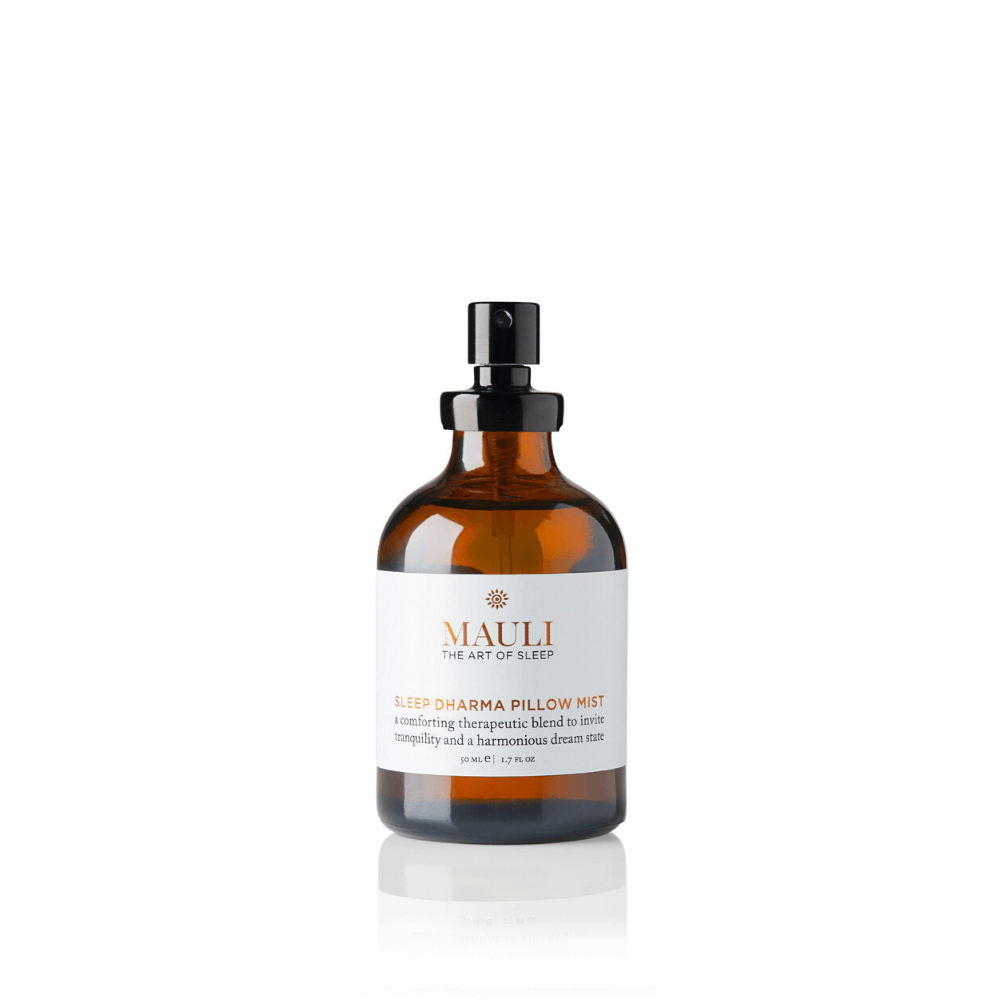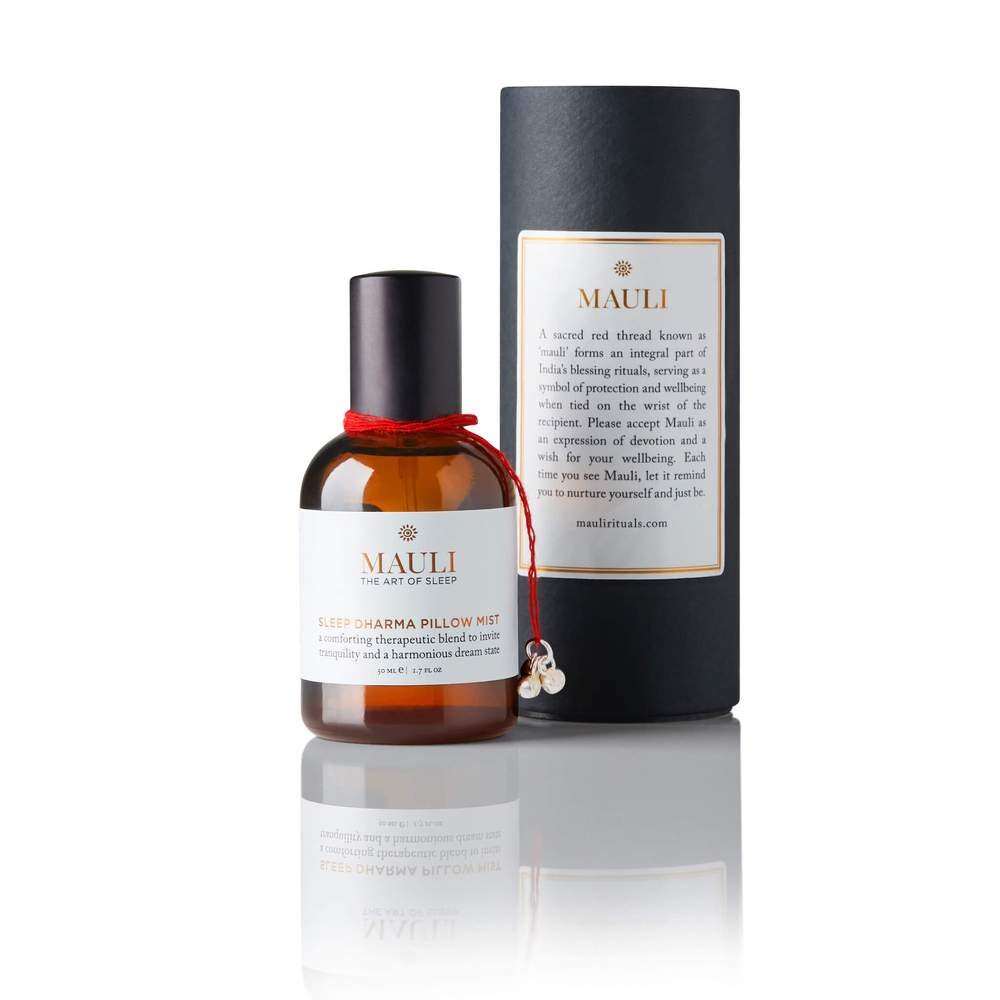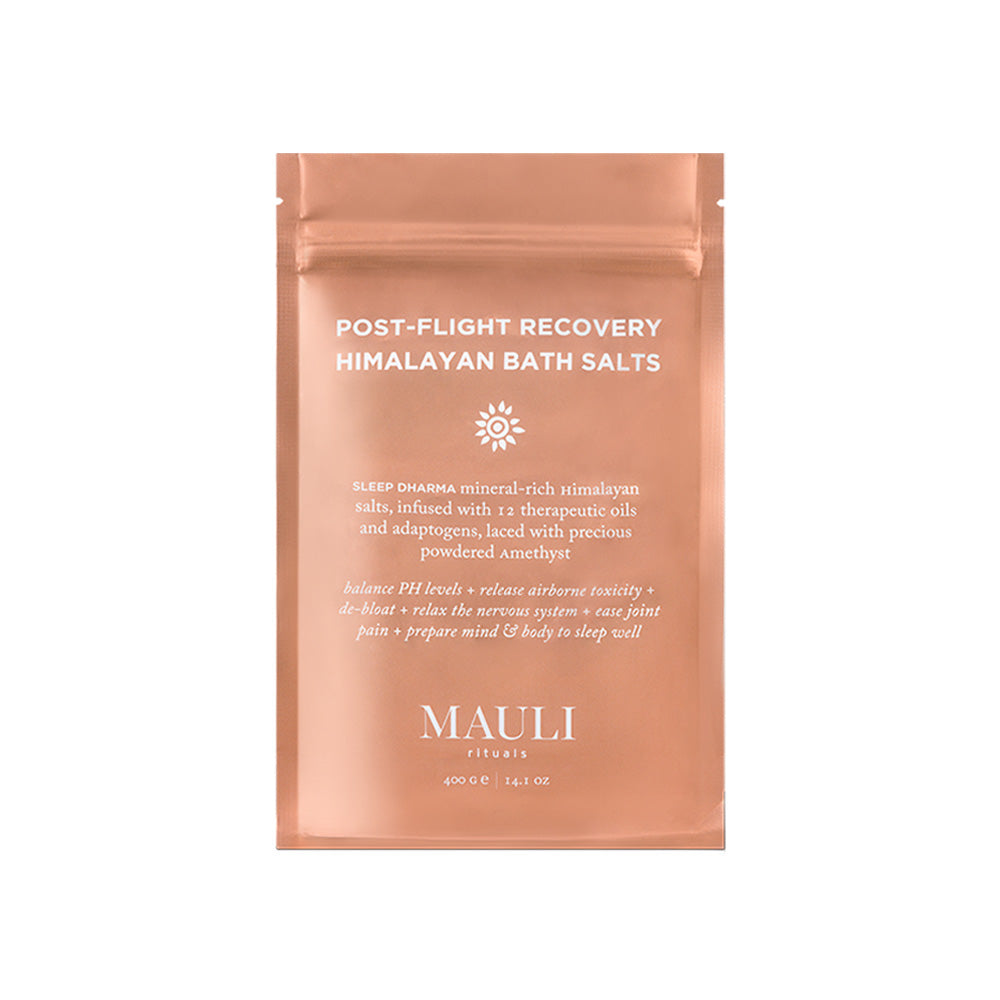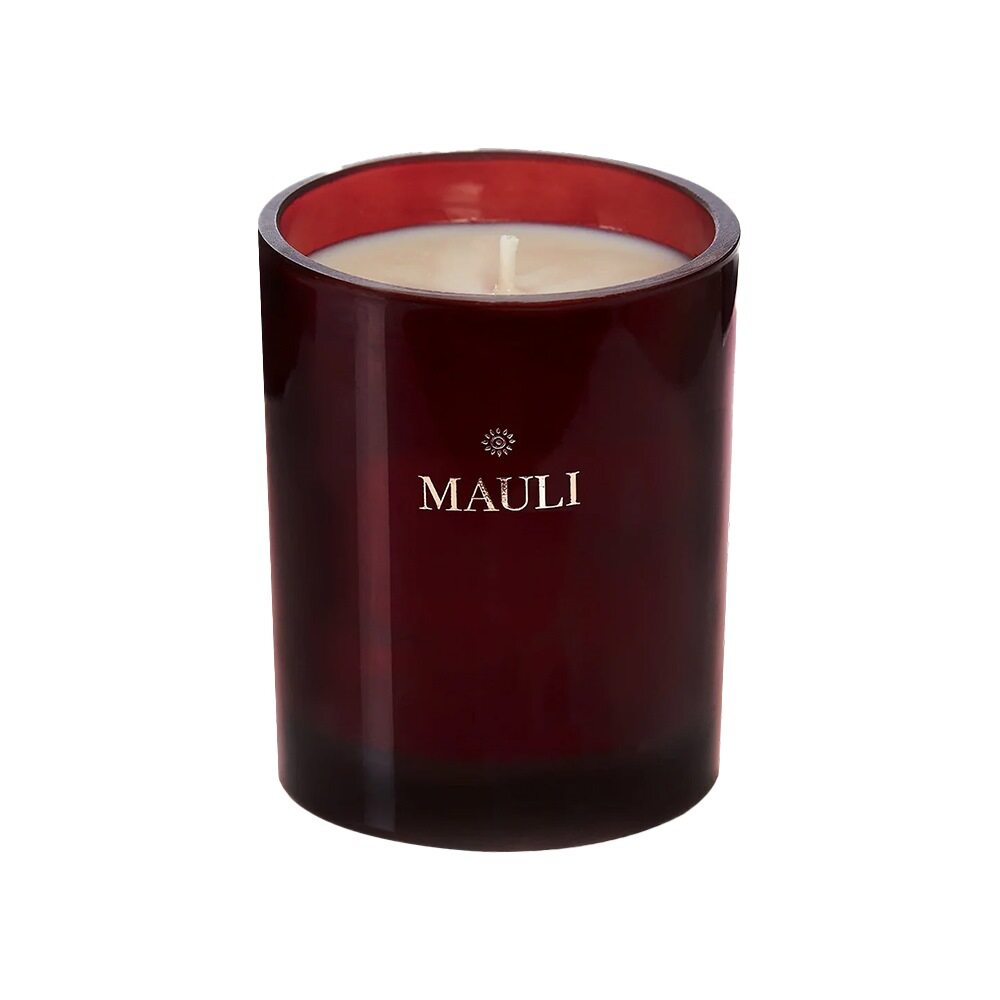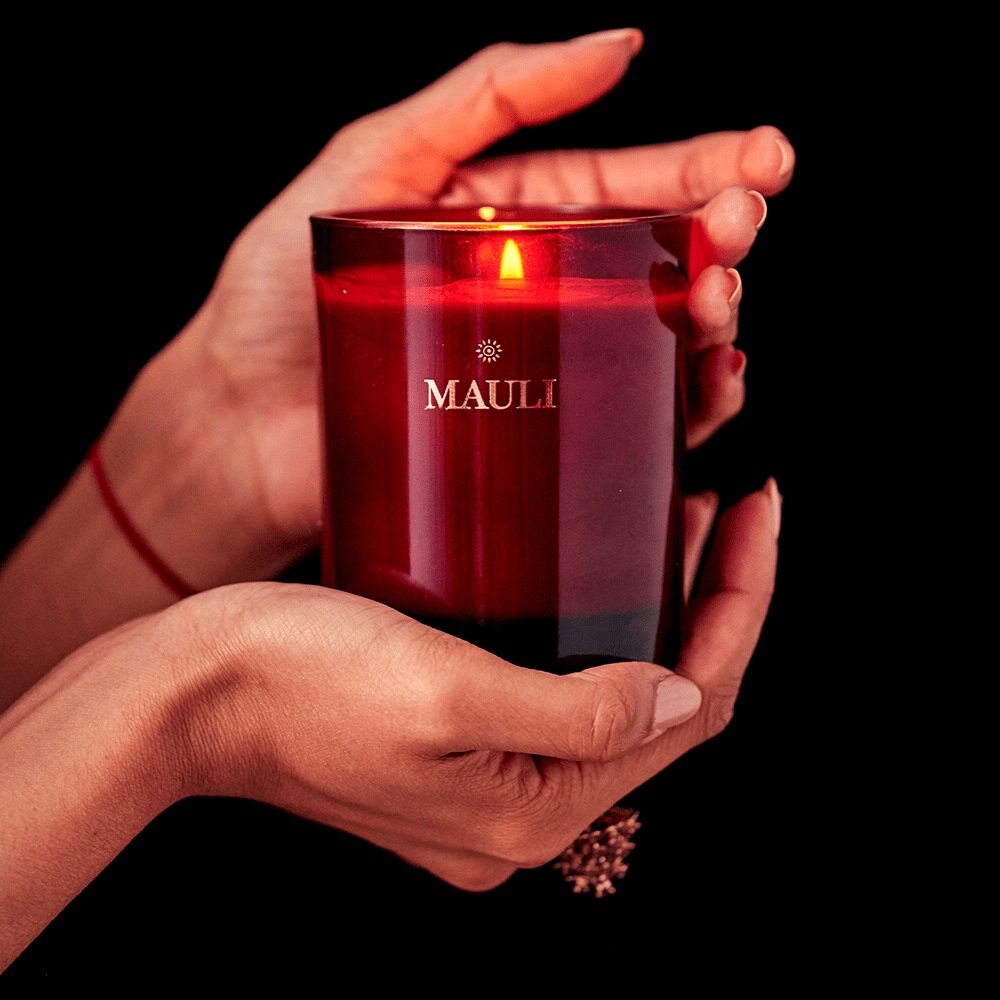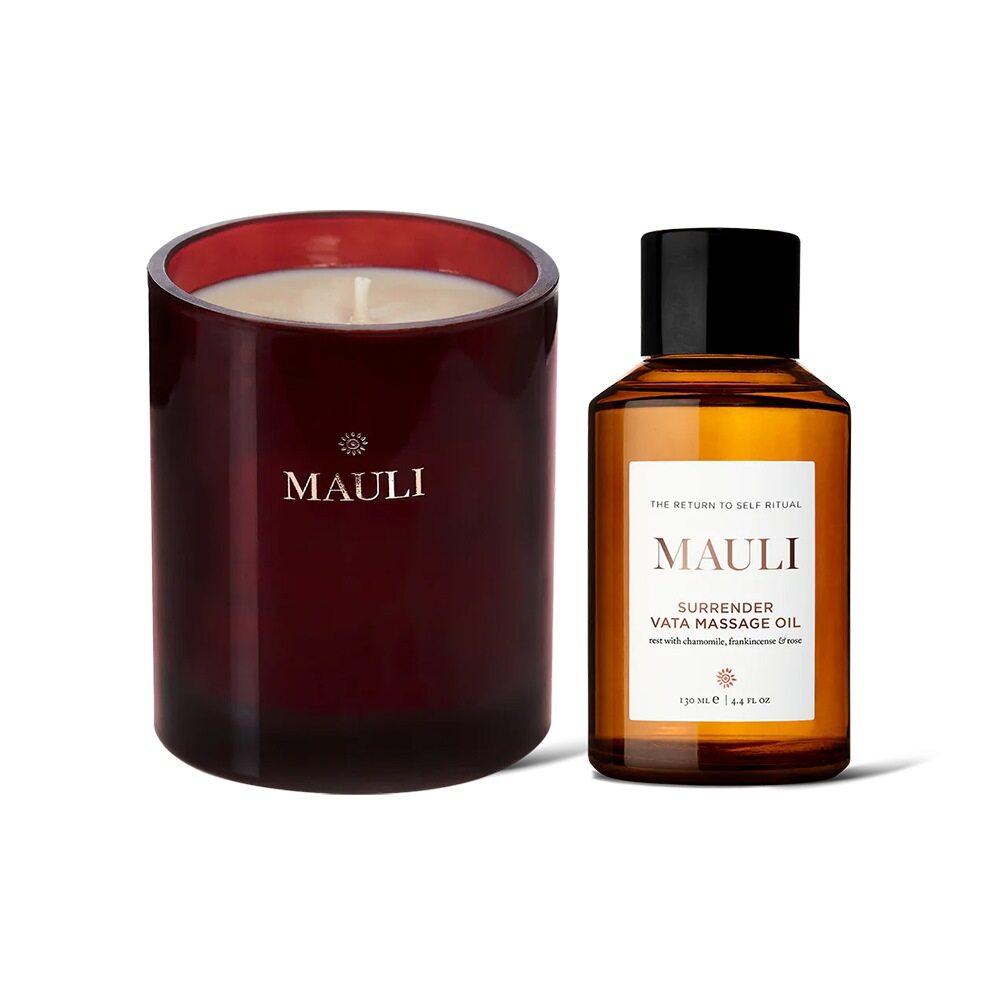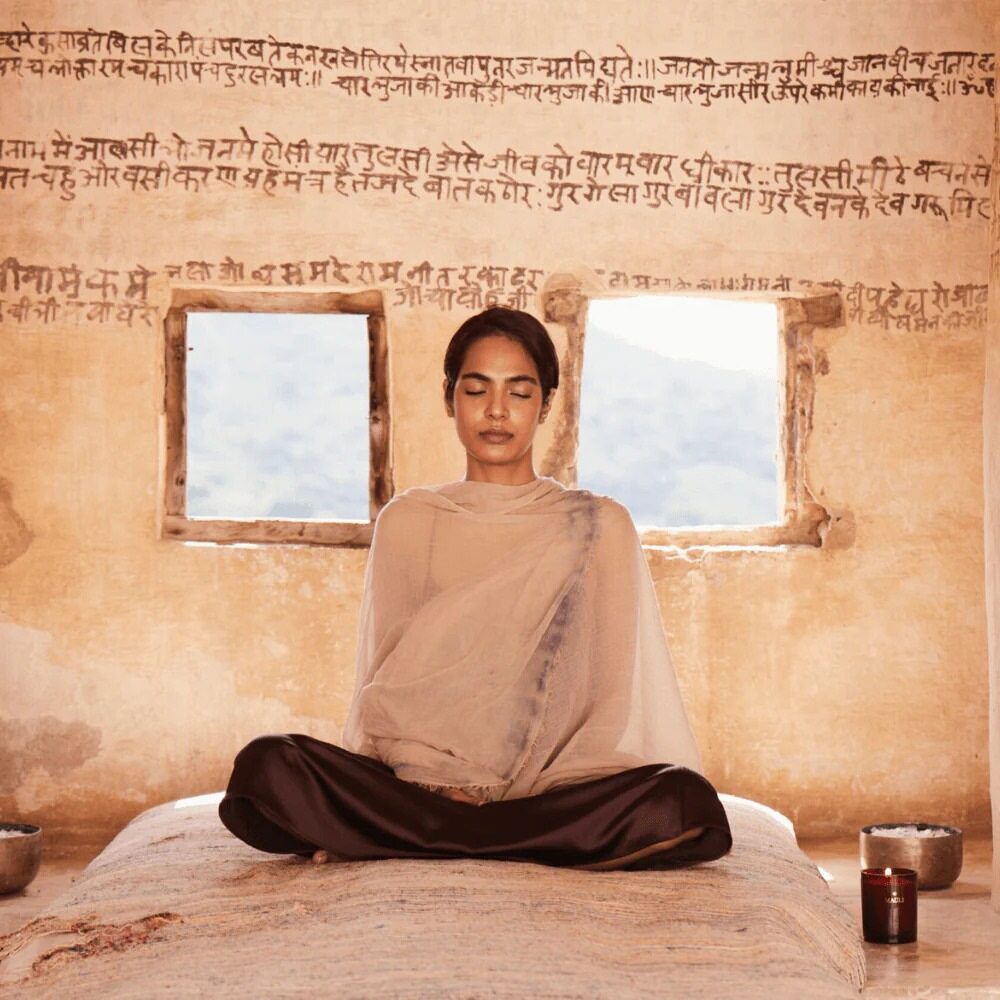Getting a massage feels rather indulgent – maybe it’s something you treat yourself to on your birthday or as a reward, but with the impressive list of health benefits, we should all be incorporating more massage into our lives, not just on special occasions. When you can’t visit your local spa, the next best thing is self-massage at home. Done mindfully, self-massage can calm and balance your mind and body – a relaxing, healthy addition to your self-care routine!
Nell Mead, a physiotherapist, says, “The benefits of massage include reduced pain, increased mobility, reduced cortisol levels so less anxiety and better sleep, reduced levels of arginine-vasopressin (a hormone that increases your blood pressure, so the benefit is reduced blood pressure) and increased levels of serotonin (one of the happy hormones, so the advantage is improved mood).”
Stress relief, pain relief, movement & mobility
Reducing stress is key to living a happy, healthy life. We live in a fast-paced, high-pressured world and stress can lead to all sorts of physical and emotional ailments that can negatively impact your life from aging to blood pressure, acne and breakouts, a weakened immune system and low libido and anxiety.
Many people who experience health problems, from hair loss to burnout, turn to self-massage for self-healing. Tara Gangadharan, aromatherapist, and founder at Thara Sacra shared her personal journey to self-massage. “I started doing self-scalp massages at the beginning of a health crisis. I was losing my hair from stress and it was a way to calm my mind and help distribute nourishing oils into my scalp. Further down my health journey, I started seeing a lymph massage therapist and she taught me how to perform a daily lymph massage routine. That has done wonders for my circulation (no more swollen ankles) and has become a part of my morning routine. I now incorporate deeper self-massage as well as Gua Sha into my routine. It’s a few moments of my day where I can focus on myself and sacred self-care.”
Facial rolling and Gua Sha has risen in popularity over recent years, as well as the influencer’s favorite: FaceGym – where you can book in for a face massage and/or facial that can decrease puffiness, and tone and sculpt your skin –but why only limit these amazing benefits to our face?
Scalp massages are super relaxing, can help with hair growth, and can help to ease headaches by applying the right pressure on particular tension points to relieve and soothe. When you’re massaging, focus on breathing deeply with mind-muscle connection to really lose yourself in the moment to maximize feelings of relaxation.
Self-massage doesn’t just improve your state of mind, but your body too. If you’re struggling with pain from the gym, doing some self-massage could help. “I also find that massage can reduce excessive muscle tone (i.e. get tight, tense muscles to relax) and improve fascial glide – which in turn helps with circulation and lymphatic drainage, encouraging the uptake of nutrients and the expulsion of waste products. This all helps to make your cells and tissues happier and healthier!” says Mead. Draining toxins from your body could lead to increased energy, luscious skin and hair, and improved gut health.
AROMATHERAPY & CHAKRAS
Aromatherapy can have a powerful effect on the senses using different scents to encourage emotions or moods. “Adding small amounts of essential oils to massage blends can enhance our experience aromatically. Lavender is a popular essential oil used for its calming aroma that promotes relaxation.
“I personally like to match the oils I use to the area of the body I am massaging. For example, our feet are our closest connection to the earth, so when doing a foot massage, I like to add essential oils that are grounding and balancing for the root chakra like vetiver or black spruce. For a scalp massage I might add cedarwood or rosemary to help calm the senses and stimulate crown chakra energy,” says Tara Gangadharan, aromatherapist, and founder at Thara Sacra.
Used widely in yoga, different parts of your body are said to hold different emotions and you can use movement, yoga, and massage as a way to tap into those emotions for self-healing or self-love practice. Gangadharan explains this, and how it is linked to our chakras (if you’ve heard yogis mention “heart-center”, “third eye” or “crown”, this is what they’re referring to.) “I believe we do carry emotions and/or energy in certain parts of the body. The one that always comes to mind for me is “I’ve got a lump in my throat” which can be a way to describe an energy blockage in the throat chakra.
“If you think about the hips and their proximity to the sacral chakra [below the belly button and above the pubic bone] it makes sense that we might store emotions or trauma there because the sacral chakra rules our emotions. Self-massage can be a safe way for some to explore and release emotions in a safe space because you are in control of how short, long or deep the session goes. Be gentle with yourself if emotions do come up and take breaks, if it’s too much you can always stop and focus on another area or end the session.”
HOW TO DO SELF-MASSAGE AT HOME
The key here is not to overthink it. Spend between 5-15 minutes, focus on a different area each day and apply moderate pressure upwards in circular motions. You could work your way up or down your body throughout the week – starting at your feet on a Monday, and reaching your scalp by Sunday, or vice versa – or focus on a particular area that’s been troubling you.
“I tend to direct my strokes towards the torso rather than away from it, as I want any waste products to be directed towards the liver and kidneys, where they get filtered and removed from the bloodstream,” Mead tells us.
“When I'm trying to encourage a tight muscle to relax, I will often get people to use a massage ball or tennis ball, and sit or lie on it, with the ball digging into the tight area (if it's more than a bit uncomfortable, reduce the pressure) – then breathe until the tight area relaxes. Once this area has relaxed, move the ball and find another tight spot, until you run out of tight spots. It should then be easier and more comfortable to stroke and stretch the area, and get it to move better.”
TRY THIS ANCIENT AYURVEDA MASSAGE TECHNIQUE: ABHYANGA
Taking a whole-body approach to self-care is practiced in Ayurveda – the belief that we are at one with nature and our environment, and this is ever-present in the Ayurvedic practice Abhyanga, where essential oils are massaged all over the body including the scalp. This type of aromatherapy helps to ease stress and increase hydration and blood circulation, which can lead to hair growth, and collagen production. This, along with the natural detox and exfoliation means luscious locks and refreshed healthy skin.
If you’re seeking relaxation and some me-time, away from the stresses of life, make time for Abhyanga, as explained to us by self-masseur and founder of 21Drops, Kavita Sahai. “It is proven to improve circulation, soothe the nervous system, improve texture and tone of skin as well as give you an amazing night of sleep. Use a 1/2 cup of oil (any you like but I recommend jojoba or almond oil) and heat slightly. Mix with your favorite essential oils (I recommend sandalwood, ylang-ylang, and palmarosa). Apply the oil to your whole body, even your face and head moving in a circular motion. Be vigorous on your arms and legs. Let your body absorb the oils for at least 10 minutes while you say nice things to yourself. Feel transformed.” Sahai found Abhyanga looking for a way to relax as a busy parent. “You will feel the difference after just one session.”
At home, self-massage is easier on some body parts than others, hence why having a couple of tools in your kit could be beneficial if you want to go deeper. A massage fascial gun and foam roller are great additions for sore muscles, while crystal Gua Shas and jade facial rollers can improve the tone and plumpness of skin for a youthful, even complexion.
UNWIND & RECONNECT
Whether it’s to ease tension after a hectic day or start your morning in a state of calm, self-massage is a healthy, relaxing way to unwind, reconnect with your body and inner self, and find some self-healing and self-love in a frantic world. Get back to feeling your best self and reset your mind and body for a glow that radiates from the inside out. We can’t pour from an empty cup, so if you need a sign to make some more time for you with self-massage, this is it.
